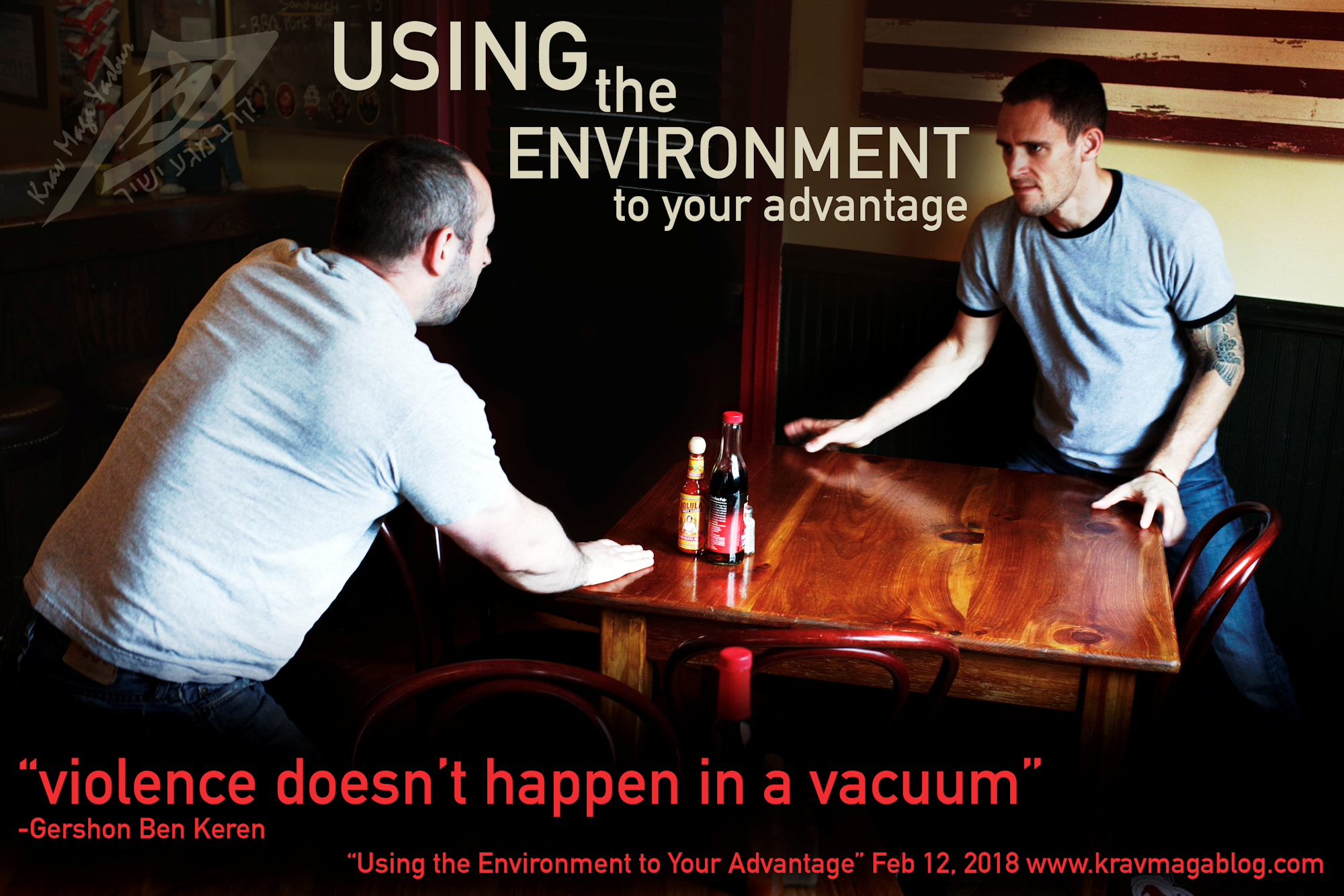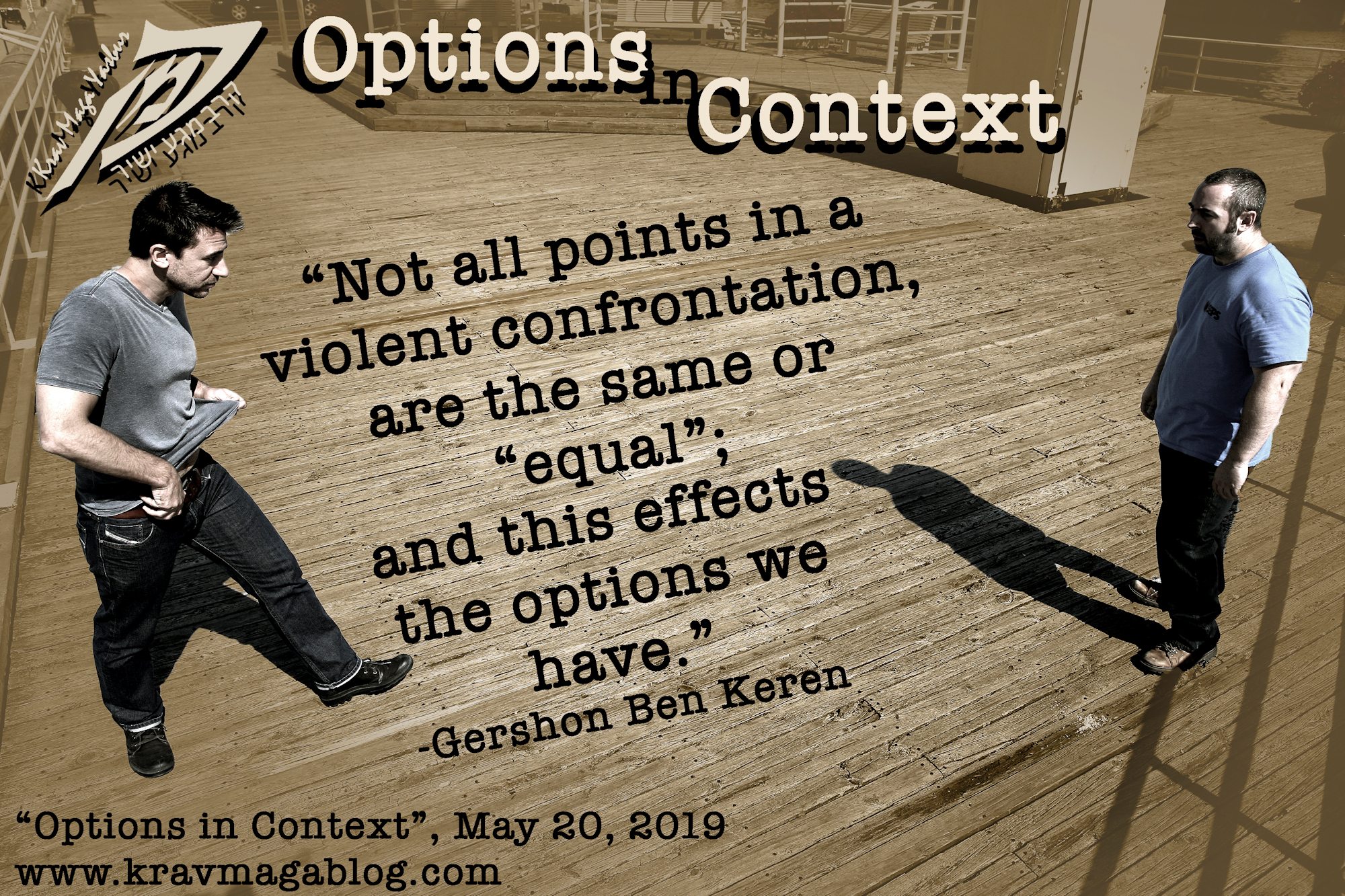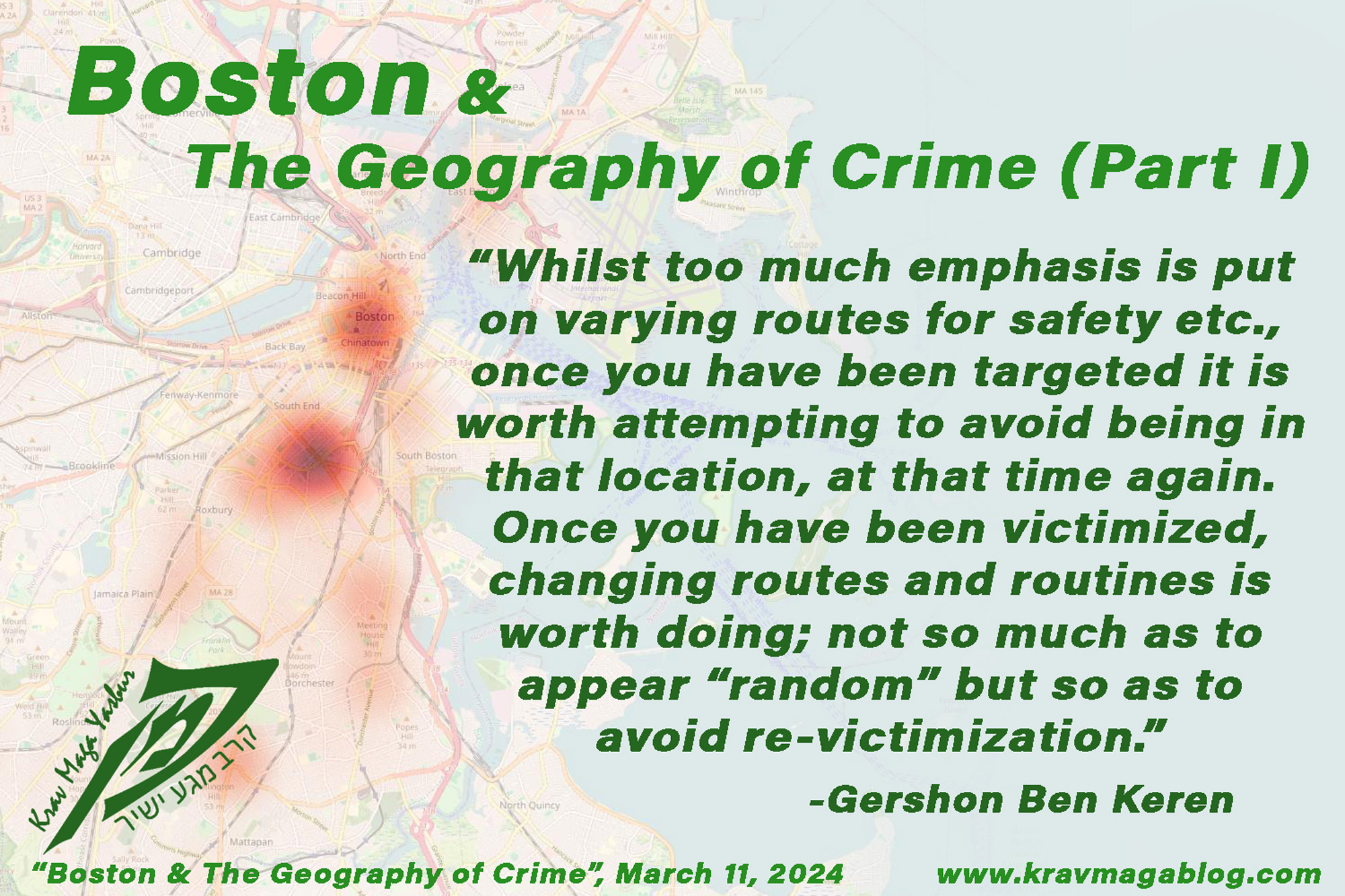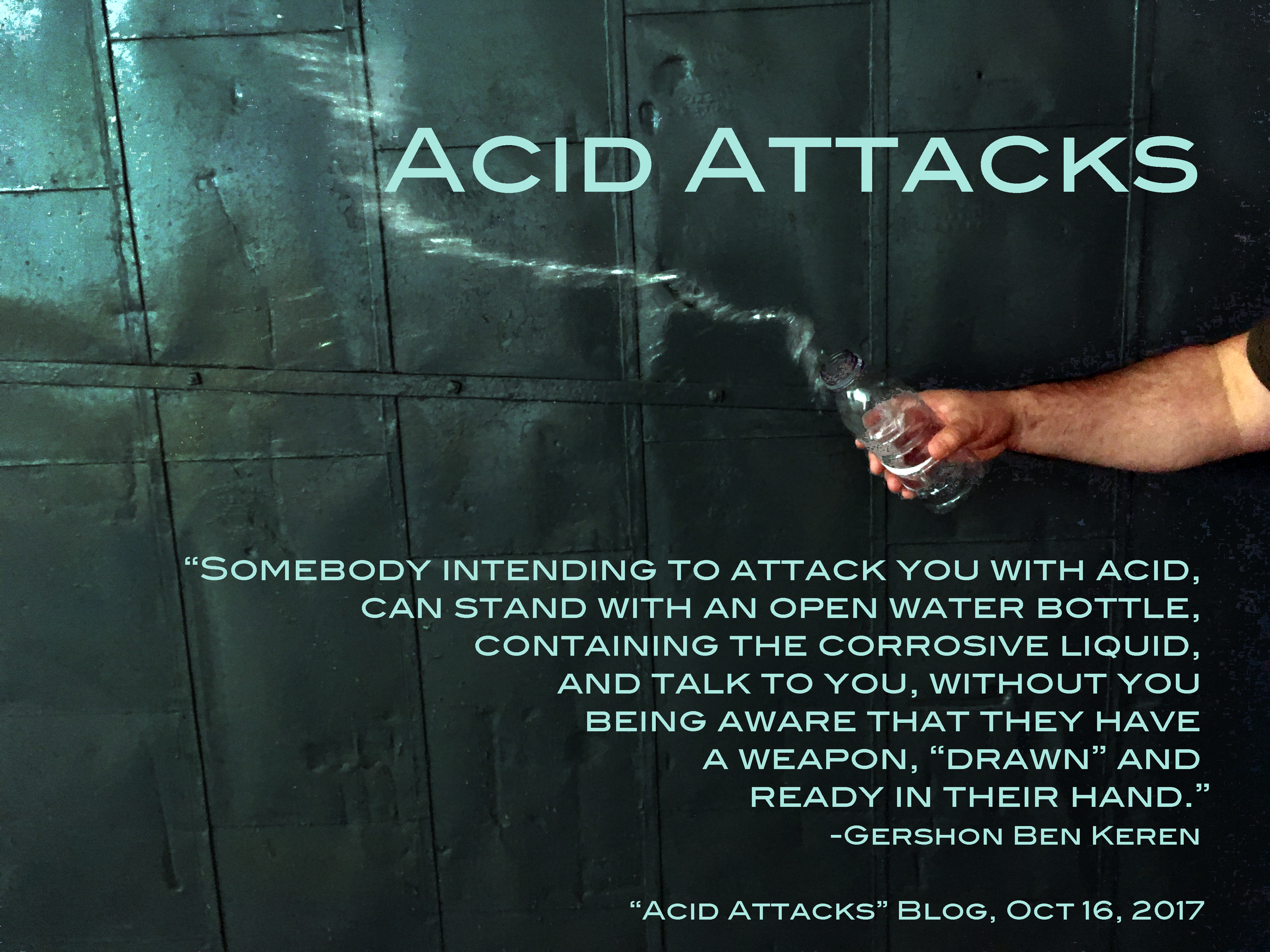Acid Attacks, is an article written by Gershon Ben Keren, a 5th Degree Black Belt in Krav Maga, who teaches Krav Maga in Boston, MA. He has also authored three Amazon best-Selling Books on Krav Maga.
I was recently asked by somebody working in the UK, about acid attacks e.g. how to predict, identify, avoid, and deal with them etc. To give an idea of the extent and prevalence of such assaults, this July two teenagers on a moped in London, carried out five acid attacks, in the space of 90-minutes – racing around and selecting victims at random. These types of attacks are on the rise in UK, and in London specifically - where more than half of all attacks with corrosive substances in the UK take place (there were over 450 reported attacks of this type in 2016). Even in London, such attacks aren’t evenly spread, with the borough of Newham (in East London), having three times as many attacks, as the second highest borough for such assaults – location and geography are key situational factors in any crime, something I have written about in more detail, in previous articles.
The rise in acid attacks, may be partly due to the work that has gone into dealing with knife crime. This is not to say that the UK, and London, has solved its problems with knife attacks (Between April and June of this year – a three-month period - there was a total of 5,237 knife possession offenses recorded in the UK), however a two-strike rule, introduced in 2015, in which minimum custodial sentences were set for those who were convicted of a second offense, may have made carrying a blade a less attractive proposition than it once was. With the UK Ministry of Justice still getting to grips with the sentencing terms for acid attacks, and not yet having legislation in place concerning the legalities and illegalities of possession of acid and corrosive liquids, acid may be at this moment in time a preferred weapon of choice for many criminals and gang members.
In many ways it is a more predictable weapon than a knife or a gun. There is a much higher chance of someone dying from a stab wound or gun shot, than there is from an acid attack, meaning that an assault that was just meant to punish, injure or maim somebody could lead to a fatality, and as a consequence, a higher sentence if caught. It is one of the reasons that Stanley Blades, Box Cutters and Razors, have been popular in Glasgow (where I grew up), as they would maim, and leave a visible cut or a stripe, when slashed, but weren’t particularly good stabbing weapons – and stab wounds, by and large, are much more likely to lead to fatalities than slashes (unless major arteries are cut in the process, and a victim bleeds out). During the 80’s and 90’s, many gang members, and teens I knew who carried a knife for “self-defense”, would tape two blades of a box-cutter together, with something that acted as a spacer in between them, so a “double stripe” – that was extremely difficult to stitch up - would be left. We should never doubt the ingenuity, resourcefulness and creativity of violent criminals, and a shift from knives and guns to acid, reflects this; if you legislate and crack-down in one area, another method of inflicting pain, and injury, and of maiming, will be found.
Another advantage that acid has over a knife or a gun, is that a criminal or predator can have their weapon out and on display as they talk to/interview their target. This means that they don’t have to reach for it, draw it, and make it operational, before it is used. Somebody intending to attack you with acid, can stand with an open water bottle, containing the corrosive liquid, and talk to you, without you being aware that they have a weapon, “drawn” and ready in their hand. The other advantage that acid has over a knife, is that it can be used at a greater distance. When working, I would always maintain a certain distance between myself and anyone who acted and behaved in a manner that might indicate they had harmful intent towards me, and anyone else I had a responsibility towards – I needed this distance so I could see their hands, and also have time and space to react and respond, if they were to pull a weapon. It’s important to note that this wasn’t a lot of space; close enough that I could carry on a conversation with someone, without them feeling the need to step closer, but enough that I had a chance of responding to any attack they might make. With an acid attack, the assailant doesn’t have to move in (a pre-attack cue), but can throw their liquid from where they stand, or even as they’re moving away. This makes physically intercepting and preventing an attack, extremely problematic, with the space created only serving one purpose, and that is to give you the time to turn away, and cover your face – the likelihood being that you’ll still be hit, but hopefully on your arms, back of head, rather than your face.
Having an awareness, of anyone with an open bottle in their hand – especially one which they’re not drinking from – and not discounting the fact that it could contain a corrosive liquid, is your best safety guide. Upping your awareness, when you are in locations where such attacks are prevalent, is also important; whilst you should never be switched off in any location, raising your awareness in others, where a certain threat is known to be prevalent is key. In many acid attacks, multiple assailants are present, and mopeds and scooters are often used – groups of young men, and pillion passengers on bikes, are things that should attract your interest. If you are involved in any verbal altercation, with someone who has an open container, acting pre-emptively and disengaging quickly will be in many cases your best strategy – if you don’t have an option of initially disengaging and exiting the situation.
Acid attacks also demonstrate the need for first-aid skills, and knowing how to treat yourself and others as quickly as possible. It always surprises me, the number of people who practice reality-based self-defense and yet have no first-aid skills. If you train defenses against knife and gun, you should also train how to deal with stab and gunshot wounds. Being able to stop or slow down the bleeding so that you are still alive by the time you get to the hospital, improves your survival chances greatly – in many instances it will be quicker to get to the ER/Casualty yourself (with somebody else driving), than waiting for an ambulance. Having a bottle of water on you at all times, and knowing how to treat yourself or someone else (or be able to instruct another person what to do) if attacked, will lessen the effects of such an attack greatly.
0 COMMENTS















